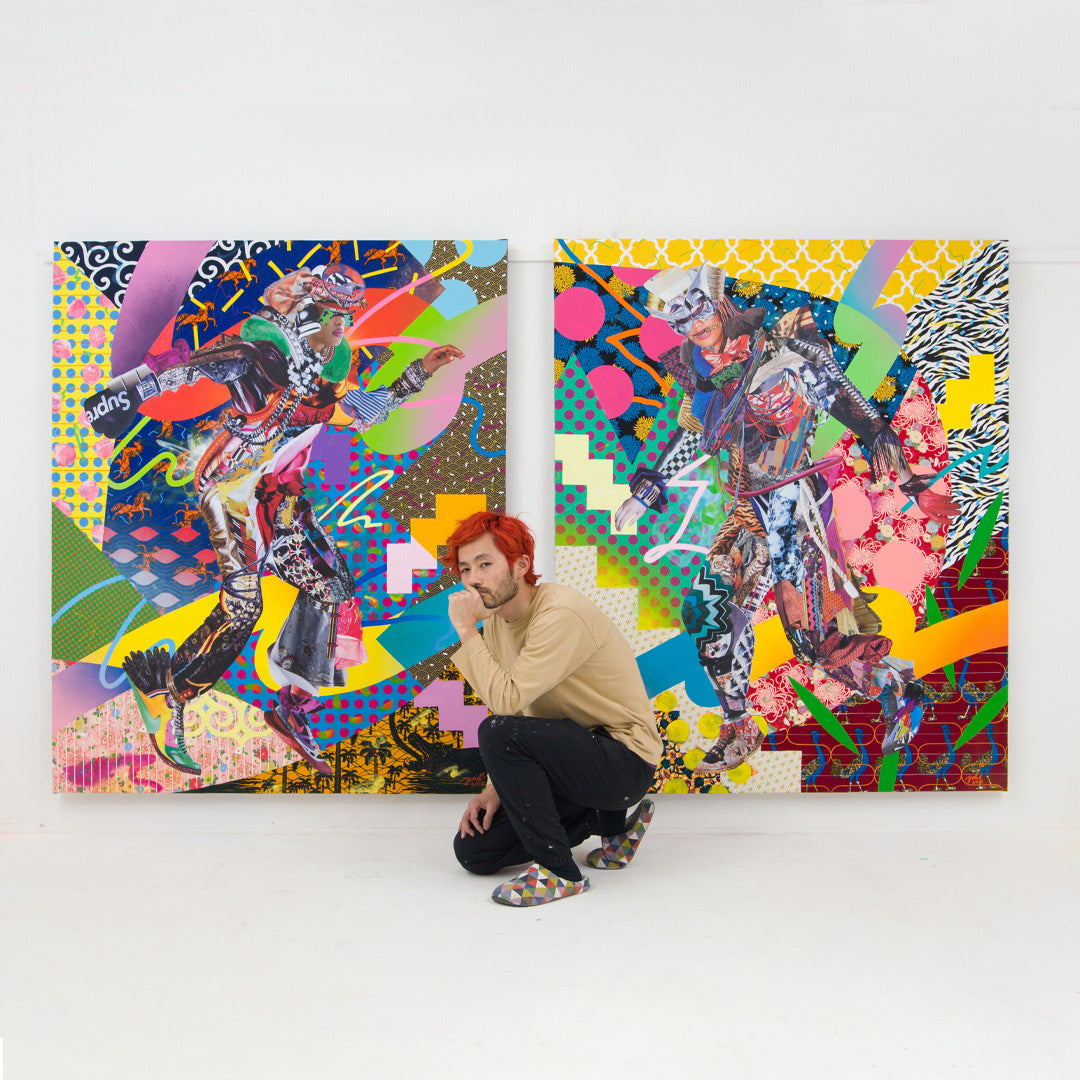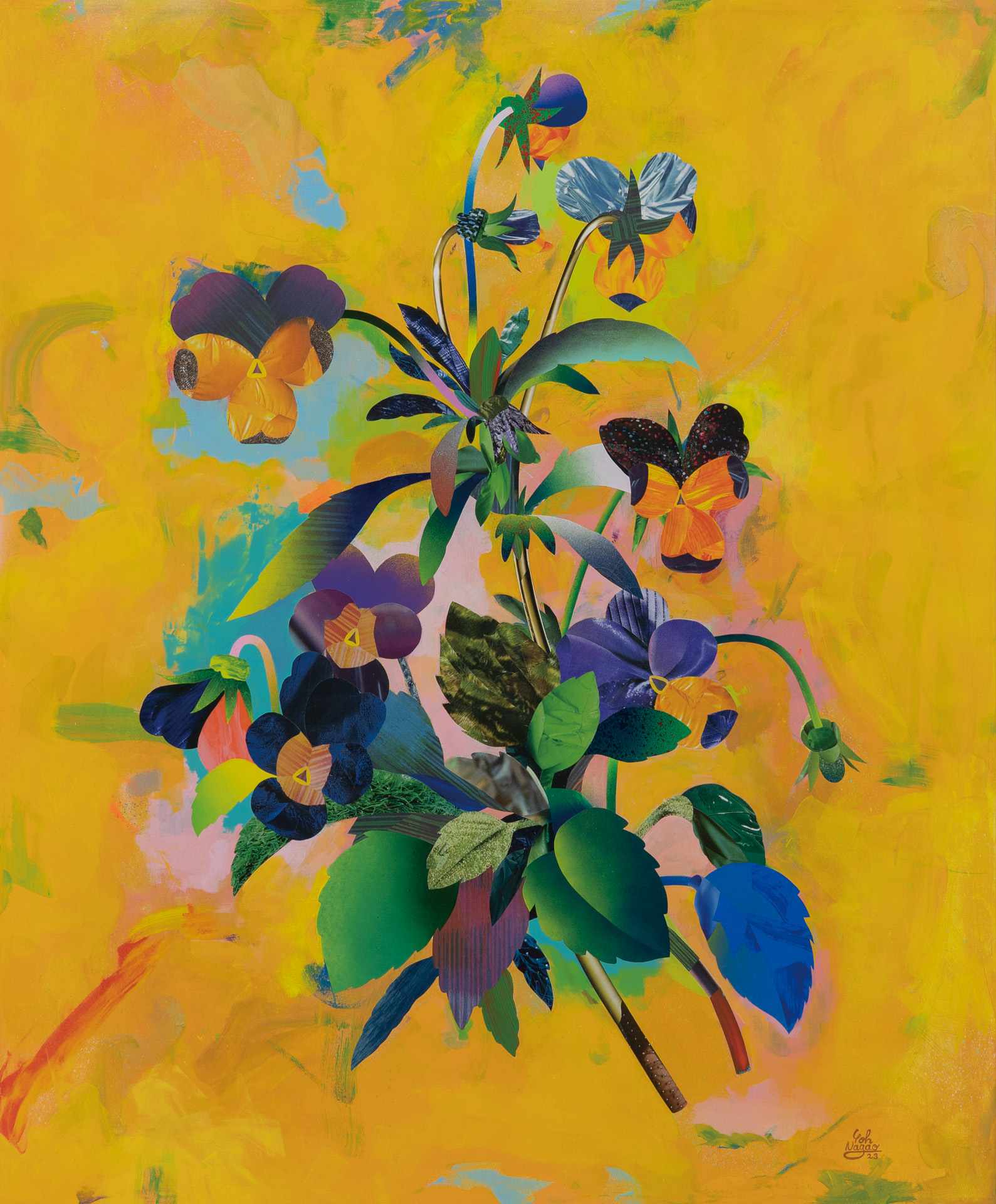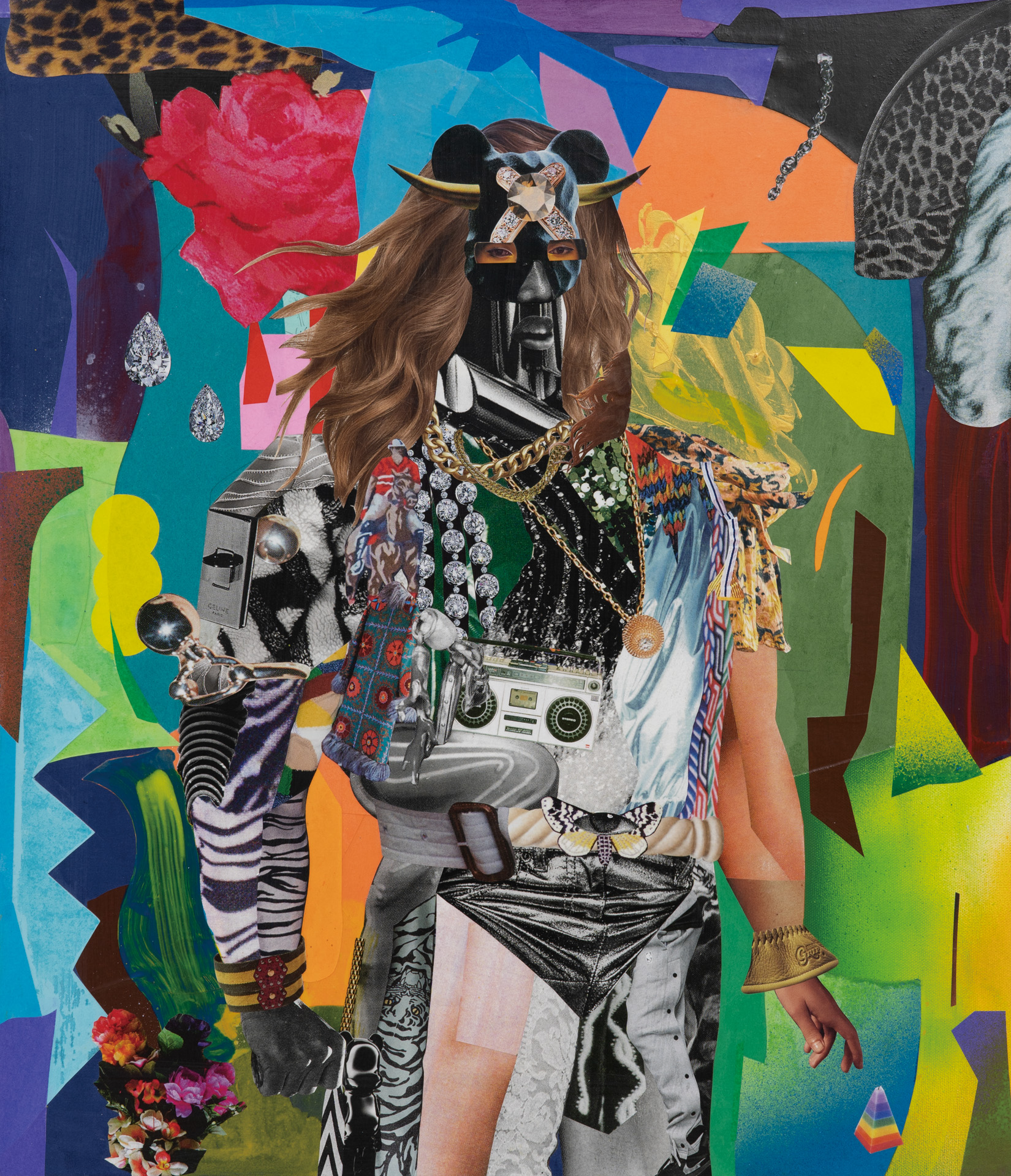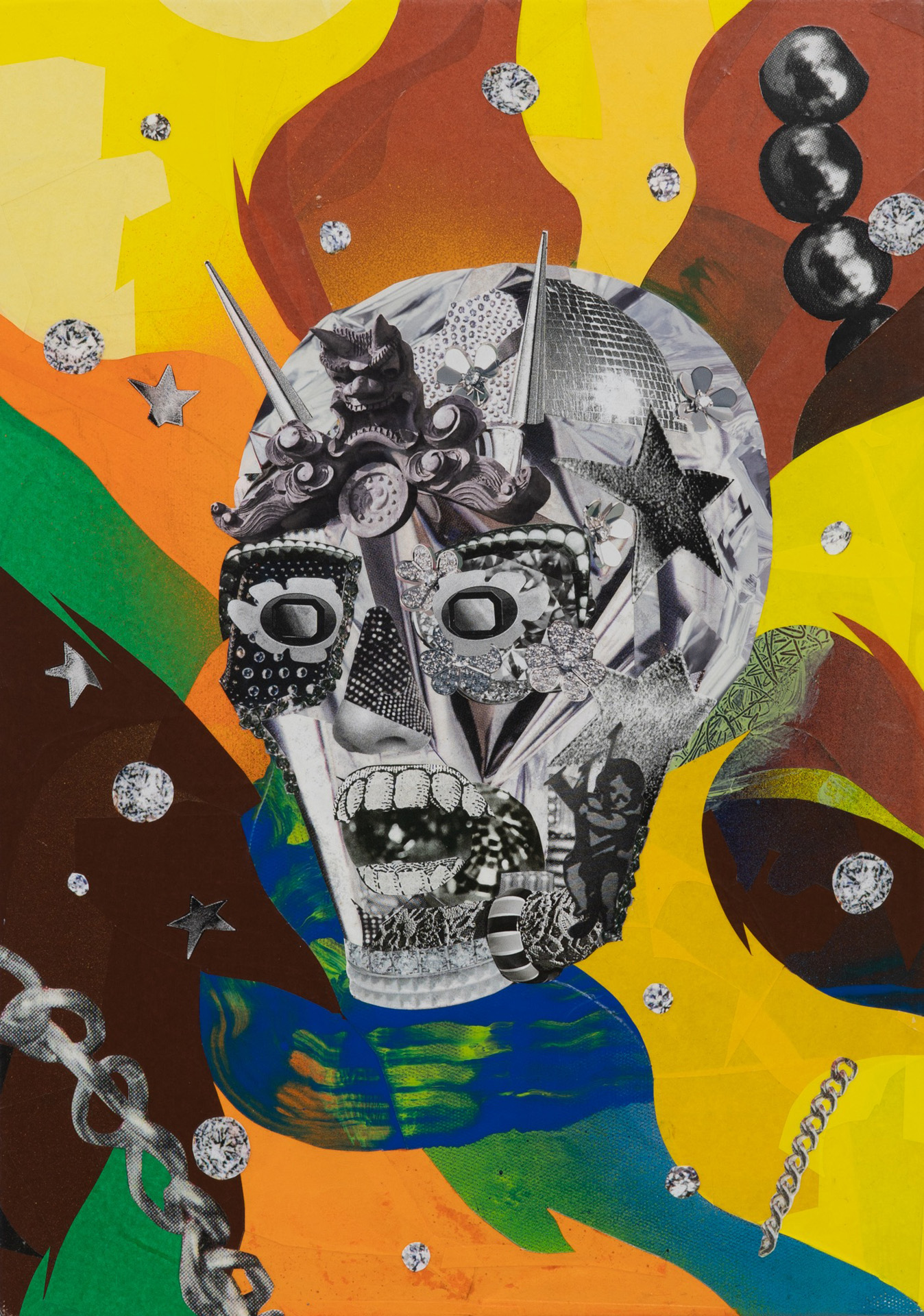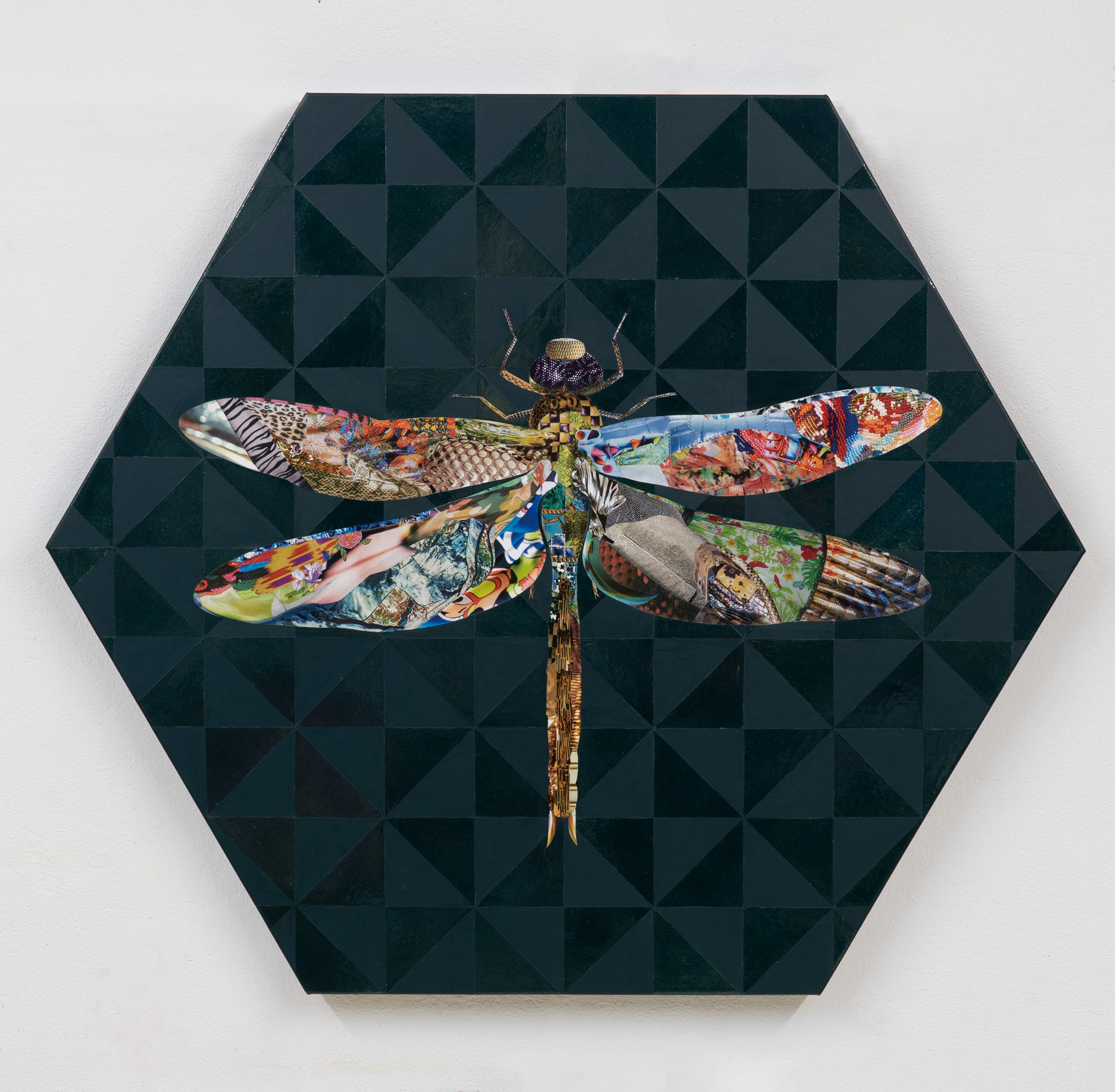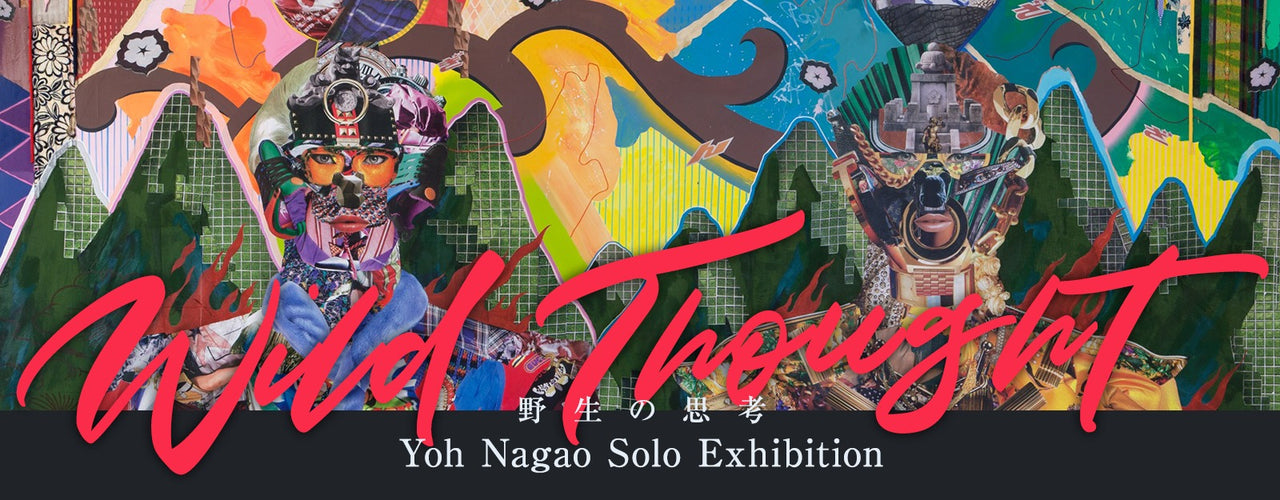
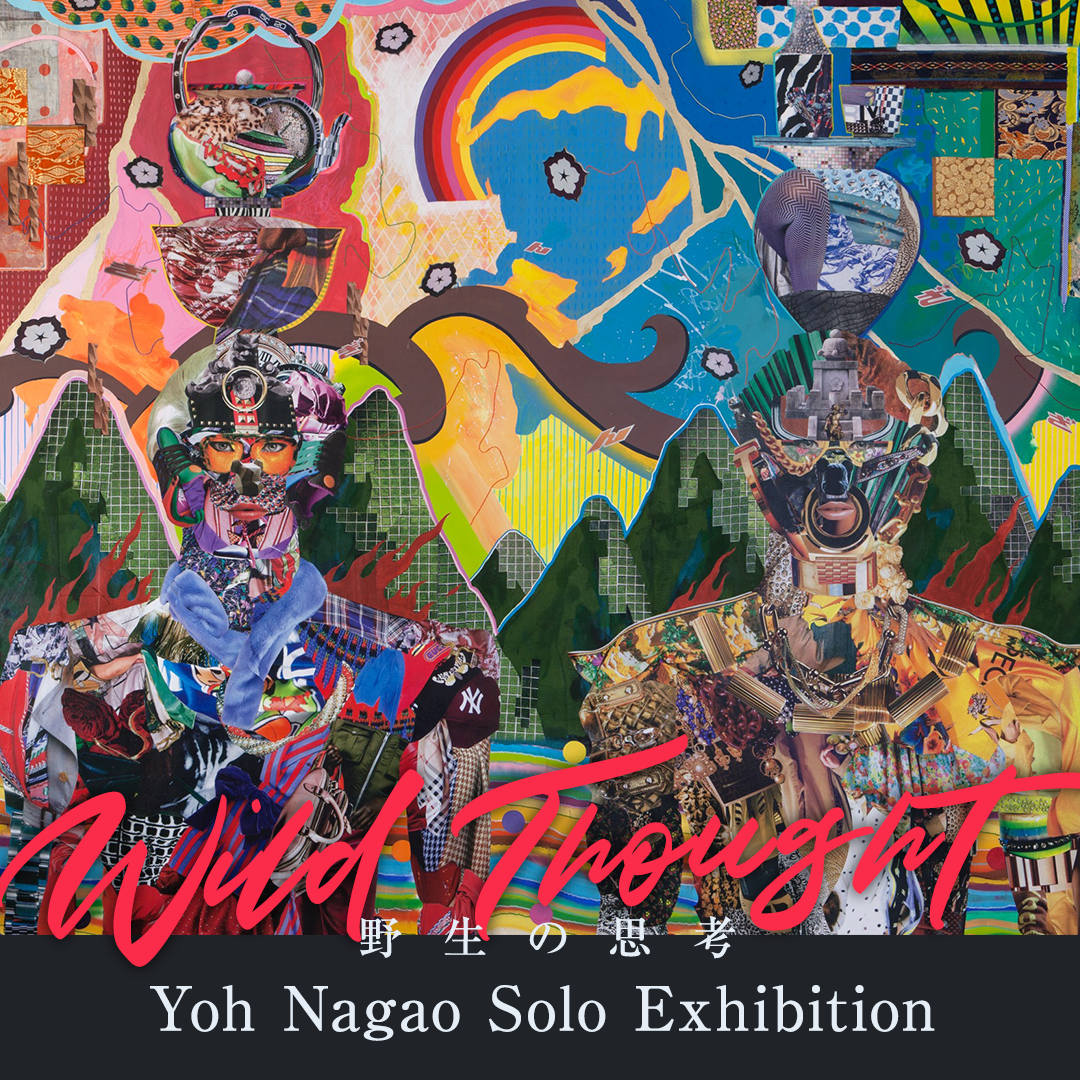
Hiroshi Nagao solo exhibition “Wild Thought”
Exhibition Information
YUGEN Gallery
KD Minami Aoyama Building 4F, 3-1-31 Minamiaoyama, Minato-ku, Tokyo
Dates
Weekdays: 13:00-19:00
Weekends and holidays: 13:00-20:00
*Ends at 17:00 on the final day only
None
Date of presence
free
Notes
Exhibited works images
Hiroshi Nagao - About the Artist Talk
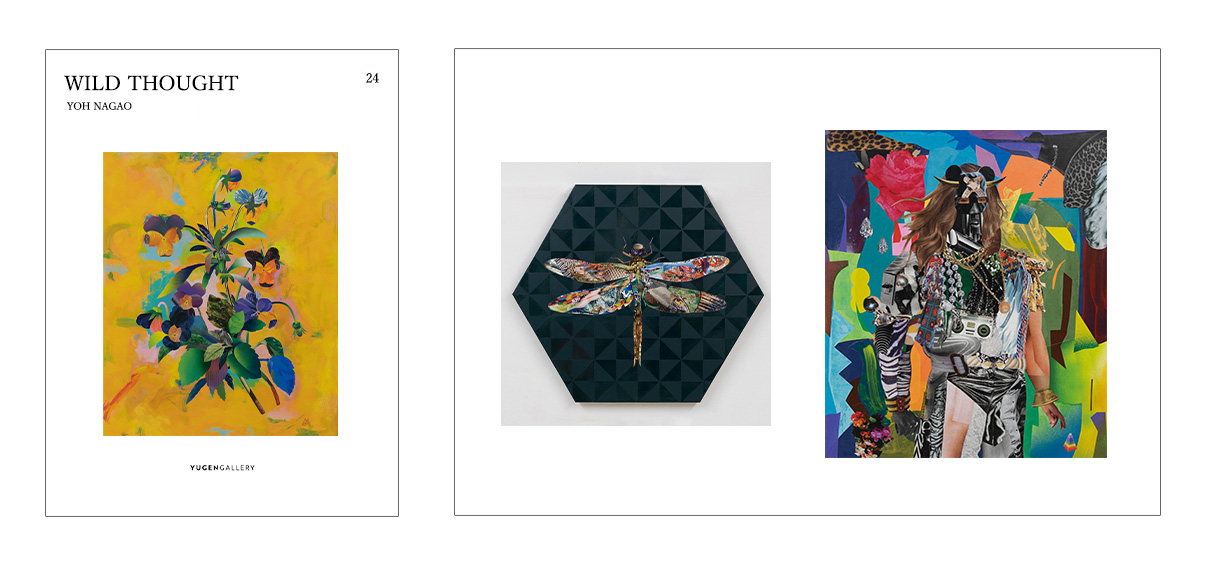
Information on special offers for visitors
Statement
YUGEN Gallery will be hosting Yoh Nagao's solo exhibition, "Wild Thought" from October 20th (Fri) to November 2nd (Thu).
'Have you ever heard the words of a wise man? Everything in the future exists in the past.' (Capote, translated by Ichiro Kono, "Other Voices,Other Rooms" / Shincho Bunko)
The culmination of 10 years of creation
Yoh Nagao, a collage artist, draws inspiration from Namibia's Himba and Herero tribes, creating "indigenous imaginary figures" in works like "Wonder Tribe Namibia." He also explores the theme of Japan's lion dance and depicts insects, symbols of fortune and auspice since ancient times. These images are formed using materials like high-fashion monograms, cutouts from fashion magazines, and hand-drawn dot patterns with markers. Nagao brings to life unfamiliar customs, rituals, and natural elements from different worlds using these found materials.Nagao has gained recognition from galleries in the Western art scene, such as Mirus Gallery in Los Angeles and Lechbinska Gallery in Zürich. Notably, DJ Black Coffee, music producer, and rapper Swizz Beatz are among his fans.
The exhibition includes approximately 25 pieces of artwork, ranging from Nagao's earliest works from around 2012 when he began his artistic career based in Germany to his latest creations. Alongside his artwork, the exhibition also features photographs he took during fieldwork in various countries, where he documented indigenous cultures and lifestyles.
Yoh Nagao, born in Yokohama, Japan, in 1981, initially pursued graphic design after studying visual communication at Nagoya Zokei University. However, he also continued to create art, gaining recognition, including winning the "Uniqlo Creative Award 2005." His international acclaim grew, prompting him to establish his base in Berlin, Germany, in 2012, where he embarked on his journey as a full-fledged artist.
Expressing primitive aesthetic sense and thoughts
Who am I? The questions about whether European and American values are still the absolute standard. It is said that there was a “tremendous” surge of interest in the identity one should rely on. Nagao's work focuses on expressing primitive aesthetics and thoughts, exploring the question of identity in a world dominated by Western values. He began to travel and engage in fieldwork in places like Mexico, Namibia, Mongolia, and India, living alongside indigenous tribes and discovering unique beauty, values, and cultures.
‘Through my travels and fieldwork, I discovered a unique sense of beauty, values, and culture.At the same time,I also witnessed the potential disappearance of these diverse and distinctive cultures due to globalization and resource exploitation,I felt a sense of crisis that all of our diverse and unique cultures would end up existing only in glass cases in museums.Aren't we ourselves the tribe that appears to be in danger of disappearing?'
He discovered the theme, "We are the indigenous people of the future." It questions what we, who live in the present, will leave for future generations. The theme of "the Other" emerged in the world of contemporary art from the 1990s, with a multicultural trend that questioned the values centered around America and Europe, providing access to non-Western, minority perspectives. Many artists turned their fieldwork in non-Western regions, following the practices of cultural anthropology and folklore studies, into artworks. In the 2020s, keywords like "the Other" and "multiculturalism" have become even more prominent, and it can be said that Nagao is part of this lineage.
A symbol that survives the times
"Bricolage" refers to the process of creating something using whatever tools and materials are available at the time and place, without a predetermined plan. Nagao's identity as an artist is deeply rooted in this concept. He uses a wide range of materials, including old magazines, threads, fabrics, driftwood, and even items like basketball nets, incorporating modern processes like photocopying and online shopping into his artistic practice.
The available tools and materials all serve a purpose and exist as "symbols" in the world of bricolage. Symbols are repurposed and transformed, often mocking societal norms and sometimes bringing about a disruptive impact through new combinations. Safety pins for punks, the black cat symbolizing mutual aid in society, umbrellas to protect democracy... With these symbols in hand, we will continue to express our opinions in the future.
Nagao also reassembles symbols, representing individuals living indigenous lifestyles, as well as mythical creatures like tengu and demons, as symbols of "our primal instincts, aesthetics, and thoughts" ingrained within us. It is said that this could serve as a significant clue for navigating turbulent times, bringing forth our instincts and ethnicity that we must not surrender to technology and contemporary institutions from Nagao's bricolage.
Exhibition Works




*Please note that some exhibition works may be subject to change. Thank you for your understanding.
About Artwork Sales
During the exhibition, you can view and purchase artworks on the YUGEN Gallery official online store.
About artist talk
Visitor Benefit Information

For those who answer the questionnaire form when visiting, we will present an original art book free of charge.
This is an original art book that compiles the exhibition works and exhibition statements in one volume, exclusively for this exhibition.Yoh Nagao Solo Exhibition “Wild Thought” Art Book
B4 Oversized/List price 1,650 yen (tax included)

YOH Nagao
Born in Yokohama, Kanagawa Prefecture in 1981. Graduated from Nagoya Zokei University with a degree in Visual Communication. While working as a graphic designer and illustrator, he aspired to be an artist and in 2012, moved his base to Berlin, Germany. Since then, he has presented his work in New York, Los Angeles, Paris, Berlin, London, and Mexico City. Within this journey, he developed an interest in ethnology and cultural anthropology, seeking teachings from Prof. Motoi Suzuki at the National Museum of Ethnology and Prof. Saburo Suzuki at Arizona State University. He emphasized fieldwork, immersing himself in the communities of indigenous people living in Namibia. He also traveled to Mexico, Mongolia, and India, incorporating the knowledge gained from these experiences into his artwork. As a result, he created the mural "Harmony and Teaching" on the seawall of Kamisakiura in Minami-Ise Town, Mie Prefecture, which stretches over 100 meters. Currently, he is active based in Nagoya City, Aichi Prefecture.
Session
2023.10.20 (Fri ) - 2023.11.2 (Thu)
Venue
YUGEN Gallery
Address
Totate International Building 3F, 2-12-19 Shibuya, Shibuya-ku, Tokyo
Opening hours
*Ends at 17:00 on the last day only
closing day
Sunday, October 22nd
Artist in Attendance
October 20th (Fri), 21st (Sat), 28th (Sat), 29th (Sun), November 2nd (Thur)
Admission fee
free
Notes
*Please note that the session and opening hours may be subject to change without notice depending on the situation.
About sales of artworks
